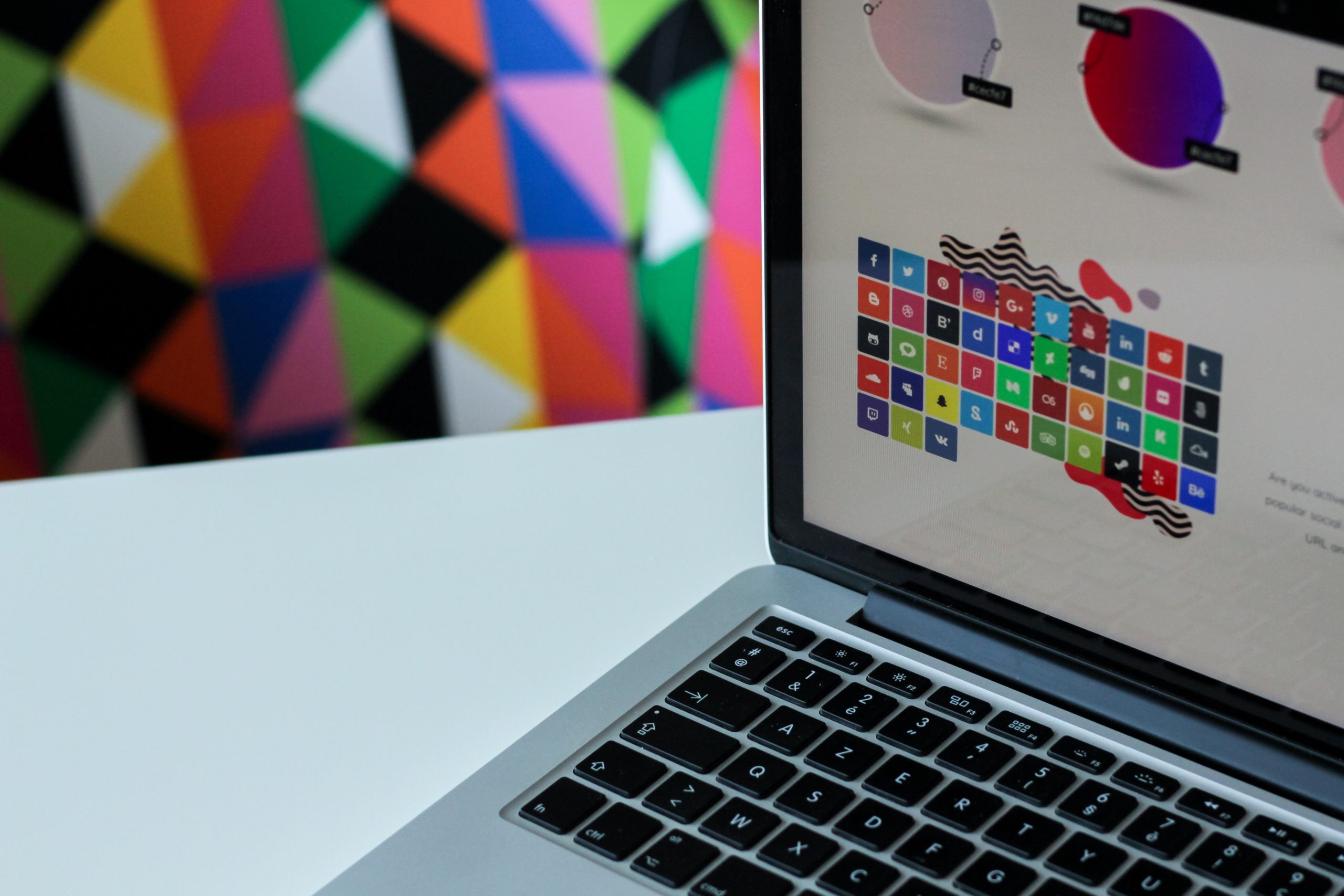Color is everywhere, and it plays a crucial role in our daily lives. From the clothes we wear to the food we eat, color has an impact on our emotions and behaviors. In business, color can be used strategically to evoke certain feelings or convey specific messages to customers. Joy Cho, a creative director and designer who runs her own brand “Oh Joy!”, is an expert when it comes to using color in her business. In this blog post, we’ll delve into the power of color psychology and explore how Joy Cho’s use of color can inspire you to incorporate it into your own brand strategy. So buckle up and get ready for a colorful ride!
The Importance of Color in Business
Color is one of the most powerful tools that businesses can use to communicate with their customers. It has the ability to evoke emotions, convey messages, and create lasting impressions. Given its importance in branding, it’s crucial for businesses to choose colors carefully.
When used effectively, color can help a brand stand out from competitors and build recognition among consumers. For example, think about Coca Cola’s signature red or McDonald’s iconic yellow arches – these colors have become synonymous with each respective business.
Color also plays a role in creating brand personality and perception. Certain colors are associated with specific traits – for instance, blue is often seen as trustworthy and calming while green represents growth and sustainability.
In addition to branding benefits, color can also impact consumer behavior. Studies have shown that product packaging color influences purchasing decisions: people tend to gravitate towards products packaged in certain colors based on their perceived value or quality.
Understanding the importance of color psychology in business is key to crafting an effective brand strategy that resonates with your target audience.
Case Study: Joy Cho’s Use of Color
Joy Cho is a designer, author, and blogger who has made a name for herself by using vibrant colors in her work. Her brand Oh Joy! is known for its cheerful and playful aesthetic that incorporates bold hues into every aspect of the design.
One notable example of Joy’s use of color can be seen in her collaboration with Target. In 2014, she launched an exclusive collection featuring home decor items that were inspired by summer parties and outdoor gatherings. The products included bright pink flamingo-shaped glasses, teal melamine plates with gold accents, and colorful paper lanterns.
Joy’s use of color wasn’t limited to just the product designs themselves. She also created styled photoshoots that showcased how the items could be used in real-life settings – such as a backyard barbecue or pool party. These photos featured bright tablecloths, patterned napkins, and fresh flowers arranged in whimsical vases.
By incorporating bright colors into every aspect of her collaboration with Target – from the product designs to the marketing materials – Joy was able to create a cohesive brand experience that resonated with customers. Her use of color helped to communicate her brand values: fun, lightheartedness, and celebration.
Joy Cho’s success demonstrates how powerful color can be when used effectively in business branding and marketing efforts.
How to Use Color in Your Business
Color is an essential aspect of branding and marketing in any business. Selecting the right color scheme for your brand can help you create a unique identity, establish credibility, and attract customers to your products or services.
The first step in using color in your business is to define what emotions and values you want your brand to convey. For instance, warm colors like red and yellow are associated with energy, passion, and excitement, while cool hues such as blue are linked with peace, trustworthiness, and reliability.
Once you’ve identified the primary emotions that align with your brand’s personality traits; it’s time to select a color palette that complements these qualities. A good rule of thumb is to choose two or three core colors that represent your brand’s values consistently across all marketing materials.
When incorporating color into different elements of your business-like logos, packaging designs or website layouts-keep things simple but visually appealing. Avoid using too many hues at once or clashing colors since this might confuse potential customers about what message you’re trying to send.
Don’t be afraid to experiment with different shades of the same hue when choosing colors for various aspects of your branding. Different tones can have distinct meanings e.g., light green embodies growth & new beginnings while dark green represents stability & wealth.
Using Color effectively requires careful consideration of how it will impact one’s messaging creatively so that brands may tap into their target audience emotionally while still remaining true through consistent presentation throughout all advertising mediums available today!
The Power of Color Psychology
Color psychology is the study of how colors impact human behavior and emotions. It plays a significant role in consumer decision-making, branding, marketing, and advertising strategies. Colors can evoke different feelings and emotions; they have the power to influence our mood, perception, and behavior.
For example, red is often associated with passion and excitement while blue evokes calmness and trustworthiness. Brands such as Coca-Cola use red in their logo to convey energy and enthusiasm while banks like Chase Bank use blue to communicate stability, reliability, and trust.
Color psychology has also been used by hospitals to create a calming environment for patients undergoing treatment. The color green has been found to promote healing as it’s associated with nature while yellow promotes optimism.
It’s essential for businesses to understand the emotional response that different colors can elicit from their target audience when creating branding materials or designing products. By doing so effectively, companies can create a strong connection between their brand identity and customers’ emotions which ultimately leads them towards better business outcomes.
Conclusion
The power of color is undeniable when it comes to establishing a strong brand identity and creating an emotional connection with your audience. By taking cues from successful businesses like Joy Cho’s Oh Joy!, you can harness the power of color to build a brand that truly resonates with your target market.
Remember to consider the psychological effects of different colors, as well as cultural and industry-specific associations. Experiment with different color combinations and seek feedback from your audience to refine your approach.
With careful consideration and strategic use, color can be one of the most powerful tools at your disposal for creating a lasting impression on customers and building a thriving business. So don’t be afraid to embrace bold hues and experiment with creative palettes – you never know what kind of impact they might have!










